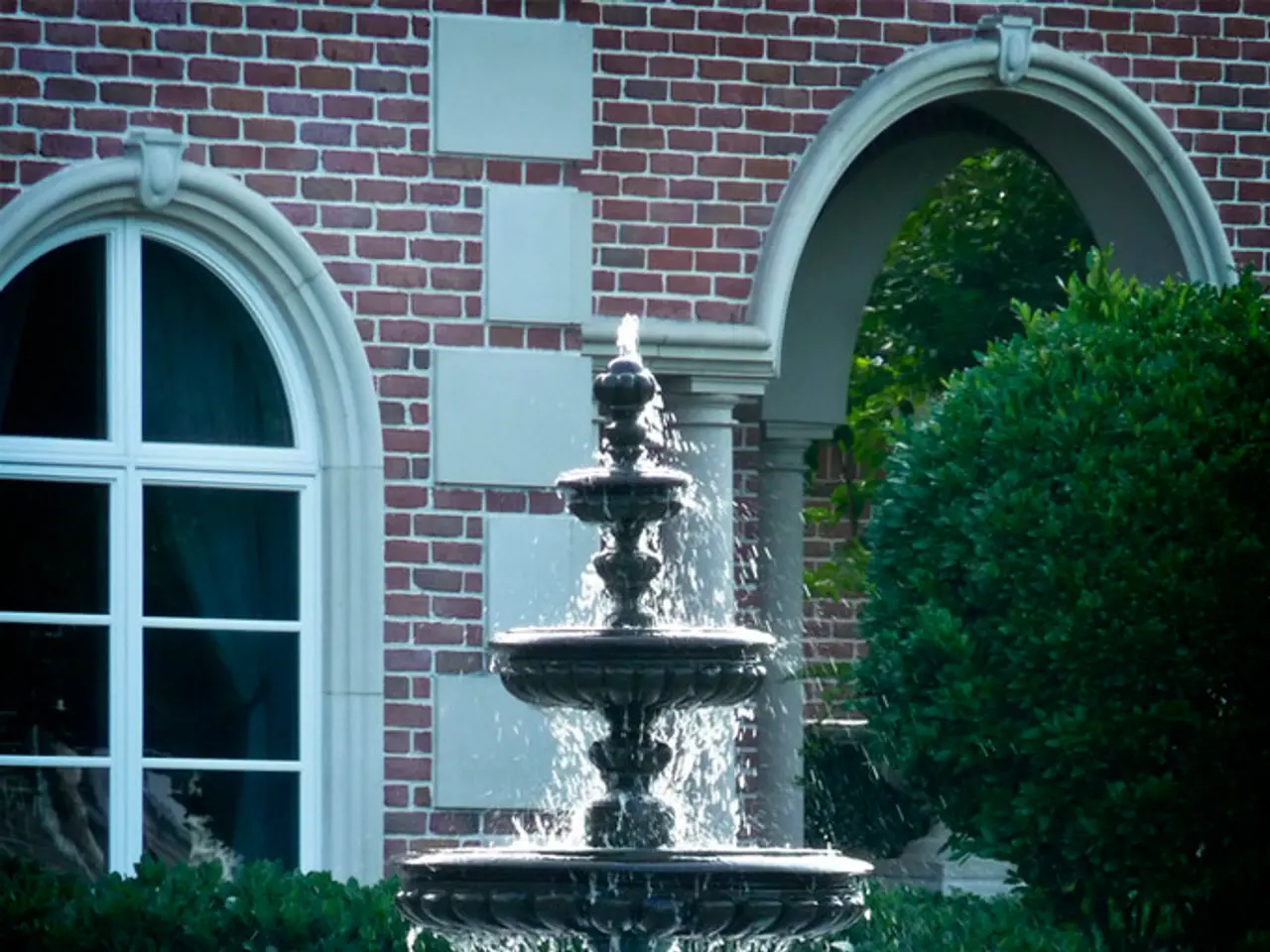Differentiating between Bioswales and Rain Gardens: Key Insights Explored
Improving Urban Water Management: The Benefits of Bioswales and Rain Gardens
Bioswales and rain gardens are becoming increasingly popular solutions for managing stormwater in urban areas. These features, when designed and planted correctly, offer numerous benefits for both the environment and the community.
A rain garden is a planting bed or depression in a yard that captures runoff from a house, driveway, or road. It is often situated in a low area of the yard and is an ideal spot for planting moisture-tolerant native species. The plants in a rain garden are chosen for their ability to tolerate or thrive with a lot of moisture, effectively filtering pollutants out of storm runoff.
On the other hand, a bioswale is like a channel or trench, longer than it is wide. It is designed to carry storm runoff, typically from a road, parking lot, or driveway. A bioswale filters stormwater and serves as an alternative to a storm drain. The best plants for a bioswale are native species with deep roots that help the water infiltrate the soil.
Both features manage rainwater and prevent standing water, contributing to flood prevention. They also replenish groundwater, which is crucial for maintaining a healthy ecosystem. Additionally, bioswales offer habitat for pollinators and other wildlife, as they are often planted with native plants.
While a rain garden is simpler to create, a bioswale has a more complicated design, making it more difficult and time-consuming to build. Depending on the size, it may be necessary to work with a landscape company for construction. It may also cost more to make a bioswale due to soil amendments and the need for more plants. However, the long-term benefits, including improved water management, wildlife habitat, and pollution reduction, make it a worthwhile investment.
The dissemination of rain gardens and bioswales is still limited but gaining interest, particularly in Germany, where they are being recognised as part of climate adaptation strategies. Some municipalities are beginning to implement them to improve urban water management and reduce runoff.
In conclusion, bioswales and rain gardens are valuable tools for managing stormwater in urban areas. They offer numerous benefits, including improved water quality, flood prevention, and habitat creation. Whether you are a homeowner or a city planner, consider incorporating these features into your next project for a greener, more sustainable future.
Read also:
- Peptide YY (PYY): Exploring its Role in Appetite Suppression, Intestinal Health, and Cognitive Links
- Toddler Health: Rotavirus Signs, Origins, and Potential Complications
- Digestive issues and heart discomfort: Root causes and associated health conditions
- House Infernos: Deadly Hazards Surpassing the Flames








